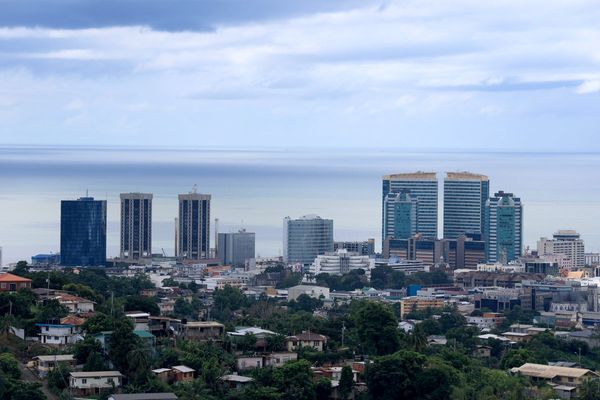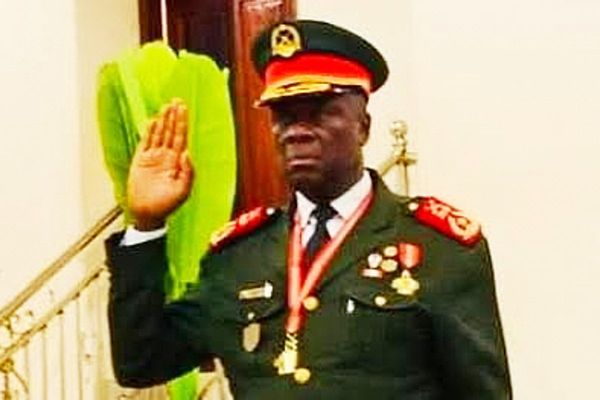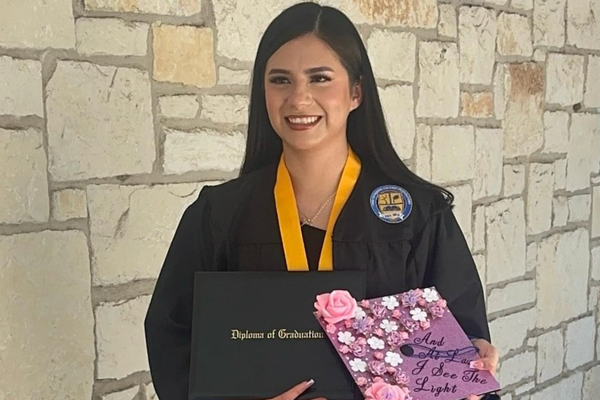
As the Australian Open moves towards its glorious conclusion, you may have young relatives who dream of tennis glory. The goal of this story is to get you to dissuade them. Be they nieces, nephews, grandkids or students, implore them to choose again. Almost any other sport in the world would be fine.
This is about tennis professional earnings. As you may have heard, the top prizes at the Australian Open are a whopping $3.5 million. That’s a huge payday for two weeks of tennis. But the big prize goes to just one player of the 128 that entered (in each of the mens and women’s singles). The rest get by with much less, as the next chart shows.
A first-round loss can make a player $135,000, which may have to sustain them through the rest of the year. And if you’re not ranked high enough to even make it to qualifying for the four grand slams? Ouch. Your earning potential is toast.
Career earnings in tennis are some of the most unequal in sport. A top player can sit in the number one rank for years on end, soaking up the lion’s share of the prize money. Novak Djokovic, age 37, has career prize money of more than US$180 million. That makes a tennis career look like a glittering prize.
But glance further down the rankings and we see a markedly different story. Instead of free accommodation at Crown Towers, young players are paying to stay at an Ibis Hotel. Instead of travelling with an entourage deep in medical and tennis expertise, they travel with a parent, or alone. They’re playing in Challenger tournaments where a first-round loss nets you $2,500.
Consider two 23-year-olds at the Australian Open this week: Jacob Fearnley (UK, age 23, rank 86) has career prize money of US$324,000 — barely enough to pay a coach for three years, let alone flights, accommodation and other expenses. Jannik Sinner (Italy, age 23, rank 1) has earnings of US$37 million — enough to buy and sell a thousand Jacob Fearnleys, plus own a house in Monaco and fill the garage with Lamborghinis. Pay on the women’s tour is even worse than on the men’s tour. Grand Slams have equal prize money for men and women but they are the exception, not the rule.
Everyone knows that tennis players have endorsements and sponsors, but these don’t alleviate the earnings gap; they exacerbate it. A global brand has no use for the player ranked 86 in the world. They want someone in the top 10. Roger Federer once inked a $100 million contract with Uniqlo. Further down the ranks, players are buying their clothes at Uniqlo.
The structure of tennis tournaments is also that half of all players lose and go home after the first round. So a common pattern for a tennis player is this: fly in, play one match, lose, fly out, repeat. For all but the top players, getting more wins than plane rides in a year would be unusual. That has to be tough. Much better to be getting a bus back from your game with teammates, laughing, joking and safe in the knowledge your salary will land in the bank no matter what.
The philosopher John Rawls had a thought experiment he liked to play: if you were designing a society and you didn’t know where in the societal structure you would fit, how would you design the rules? Rawls meant to demonstrate that if people knew they may not be powerful, they would choose a more fair society. Tennis is the antithesis of what Rawls imagined: it’s a struggle red in tooth and claw. For a few to progress, many must fall.
Rawls, an American, was a baseball fan. Baseball, incidentally, is a great example of why tennis is such a bad choice for a kid with dreams of going pro. While the 100th best tennis player in the world is pocketing food from the tournament buffet, the 100th best baseballer is dining out on their Platinum Amex. The 100th best baseball player in the world, ESPN reports, makes over US$10 million a year. There are over 1,000 players in the US Major Baseball League, where the minimum salary is US$720,000 and the median salary is US$1.5 million. That’s nearly ten times as many players as the ATP tour.
And that’s just the top US league. There are 14 minor leagues with 206 teams, all more or less professional. You can play baseball in Japan too. Picking up a bat is much more likely to lead to professional success than picking up a racquet.
The structure of soccer is similar — there are dozens of teams in a dozen leagues around the world where it is possible to make millions as a professional player. Then dozens more leagues where you can make a living wage. The number of professional soccer players globally would be tens of thousands. Most get a club doctor, a coach, a gym, their uniform and all the equipment for training. They need to travel to a game? The club arranges it. Meanwhile, how does a tennis player access those things? They need to book and pay.
Even the 100th best Australian Rules player is laughing compared to the 100th best tennis player in the world.
So channel the professional sporting dreams of that kid in your life somewhere more lucrative. Buy them a soccer ball, a baseball mitt, a football guernsey. Tennis is a fun game to play, but as a professional career, it’s a terrible gamble.
Have something to say about this article? Write to us at letters@crikey.com.au. Please include your full name to be considered for publication in Crikey’s Your Say. We reserve the right to edit for length and clarity.







